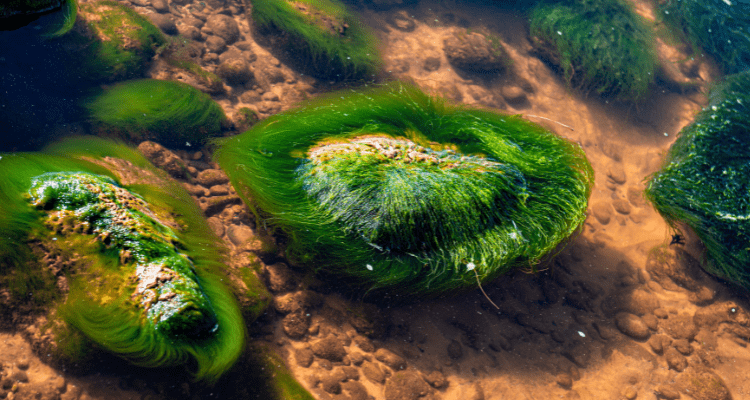
If you have an aquarium, know that algae will grow irrespective of whether you have a small, big, old, new, fresh or salty aquarium. Algae control is a continuous duty that requires the owner’s time, attention, and expertise.
Algae are like plants that thrive in an environment with lots of water, nutrients and light. Since these three elements are in plenty amounts in an aquarium, algae grow in it naturally, and sometimes rapidly.
Yet, there are ways how you can significantly reduce the growth of algae in your fish tank. Here are 7 of the best strategies you can adopt.
- Opt for the Right-Sized Fish
The main culprits behind the algae formulation are fish. This is because their waste consists of nutrients like ammonia which gets slowly converted to nitrates. These excessive nitrates result in the formation of algae in the aquarium. Although you can’t do much about this process, you can do one thing that will significantly reduce the algae formation viz, choosing the right-sized fish.
Remember, if you have a large fish crammed in a small tank, there will be a lot of algae growth. Conversely, a small fish in a spacious aquarium will have less waste and algae production.
- Don’t Forget to Turn Off Fish Tank Lights
Many fish owners keep their aquarium lights on throughout the night. You can also see this often in healthcare and hospitality sections, which provide services round the clock. The problem with keeping the aquarium lights on all the time is that it results in a lot of algae growth. The lights should not be turned on for more than 9 hours a day to keep the algae growth in check.
Also, just like us, the day/night schedule is important for the fish as well. Although they may not sleep us, they do rest and keeping the lights off helps with it tremendously.
- Be Mindful of Where to Place the Tank
Coming back to light again, a lot of direct sunlight can also create a lot of algae. This is why you should not place the aquarium in front of direct sunlight. However, it doesn’t mean that you place your aquarium in total darkness. Just display it the way you want, and make sure you are doing your best to keep the algae in check so that you can maintain a healthy tank.
- Avoid Over-Feeding Your Fish
Another prime reason for algae growth in aquariums is overfeeding. This is because the leftover fish food starts decaying, which results in the formation of ammonia and other bacteria in the nitrogen cycle. To prevent this, watch your fish the next time you drop the fish food in the aquarium. If they are leaving a lot of food, you are overfeeding them and you may want to reduce the food quantity.
- Regularly Wipe Algae off the Glass
Algae can also get collected on the glass of your fish tank, making the water look cloudy. To have the best view, you should scrap the algae off from your glass a couple of times per week, or whenever you notice it. Remember that the longer the algae is on your aquarium glass, the harder it will be for you to remove it later.
- Add Algae Eating Fish to Your Aquarium
Adding algae-eating fish to your aquarium is a great way to remove algae from your tank. These are fish that actively graze on the glass and decor around the tank, eating algae along the way. However, it is important to understand the specific needs and compatibility of algae-eating fish alongside your existing fish and plants.
- Change the Water Regularly
Arguably, the best way to keep the algae in check, change your aquarium water as and when required. Most personal and commercial aquariums you see look unclean because there isn’t a dedicated cleaning schedule. In general, a typical fish tank requires cleaning once every two weeks.
Cleaning should include siphoning the gravel to remove any debris and uneaten food and changing about 10-15% of the water. You should also check whether your water filter is working properly or not.
In a Nutshell,
By using these 7 strategies, you can make a significant difference in your aquarium’s outlook, while also boosting the overall health of your fish. At the same time, remember that your goal isn’t to completely remove the algae from your aquarium, but to keep the aquarium healthier for longer. A small amount of algae means that your tank is cycling properly and there are a lot of good nutrients in the water.
